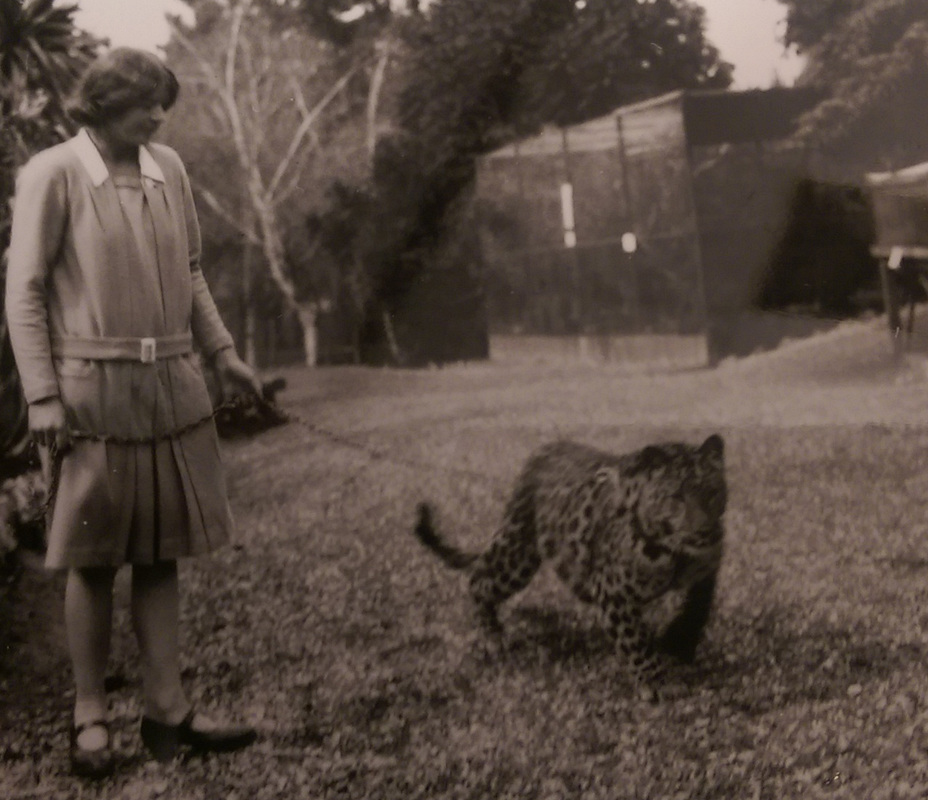BEAUMARIS ZOO
Mary Roberts (1841-1921) loved animals, so she started her own zoo. In those days, people did that kind of thing.
Set in the pristine grounds of her two acre Hobart home, Beaumaris Zoo became famous the world over for its display of birds, polar bears, monkeys, lions and elephants. Most importantly the zoo was renowned for its native Tasmanian fauna. Mary was the first person to breed Tassie Devils in captivity and published papers based on her experiences. From 1908, the zoo began exhibiting the animal depicted on the state's coat of arms, the Thylacine.
After her death, the zoo was presented to the Hobart City Council and propped up financially by the state government. The place was managed by Arthur Reid and the lady with the leopard, his daughter Alison.
In 1922, the local rag made allegations of animal welfare concerns. The Devils had been disposed of mysteriously, a quoll had been put down and the Thylacine was said to have been without a mate for two years. It died of pneumonia four months later.
But more Thylacines were captured and caged. Nobody wanted those things roaming the countryside. They ate the sheep, or parts of them anyway. And it was good for business to have a few of those critters on show.
By the 1930s, the state was racked by The Great Depression and Beaumaris Zoo was falling into disrepair. The rest of the story writes itself. It would be exactly the same today.
Set in the pristine grounds of her two acre Hobart home, Beaumaris Zoo became famous the world over for its display of birds, polar bears, monkeys, lions and elephants. Most importantly the zoo was renowned for its native Tasmanian fauna. Mary was the first person to breed Tassie Devils in captivity and published papers based on her experiences. From 1908, the zoo began exhibiting the animal depicted on the state's coat of arms, the Thylacine.
After her death, the zoo was presented to the Hobart City Council and propped up financially by the state government. The place was managed by Arthur Reid and the lady with the leopard, his daughter Alison.
In 1922, the local rag made allegations of animal welfare concerns. The Devils had been disposed of mysteriously, a quoll had been put down and the Thylacine was said to have been without a mate for two years. It died of pneumonia four months later.
But more Thylacines were captured and caged. Nobody wanted those things roaming the countryside. They ate the sheep, or parts of them anyway. And it was good for business to have a few of those critters on show.
By the 1930s, the state was racked by The Great Depression and Beaumaris Zoo was falling into disrepair. The rest of the story writes itself. It would be exactly the same today.

